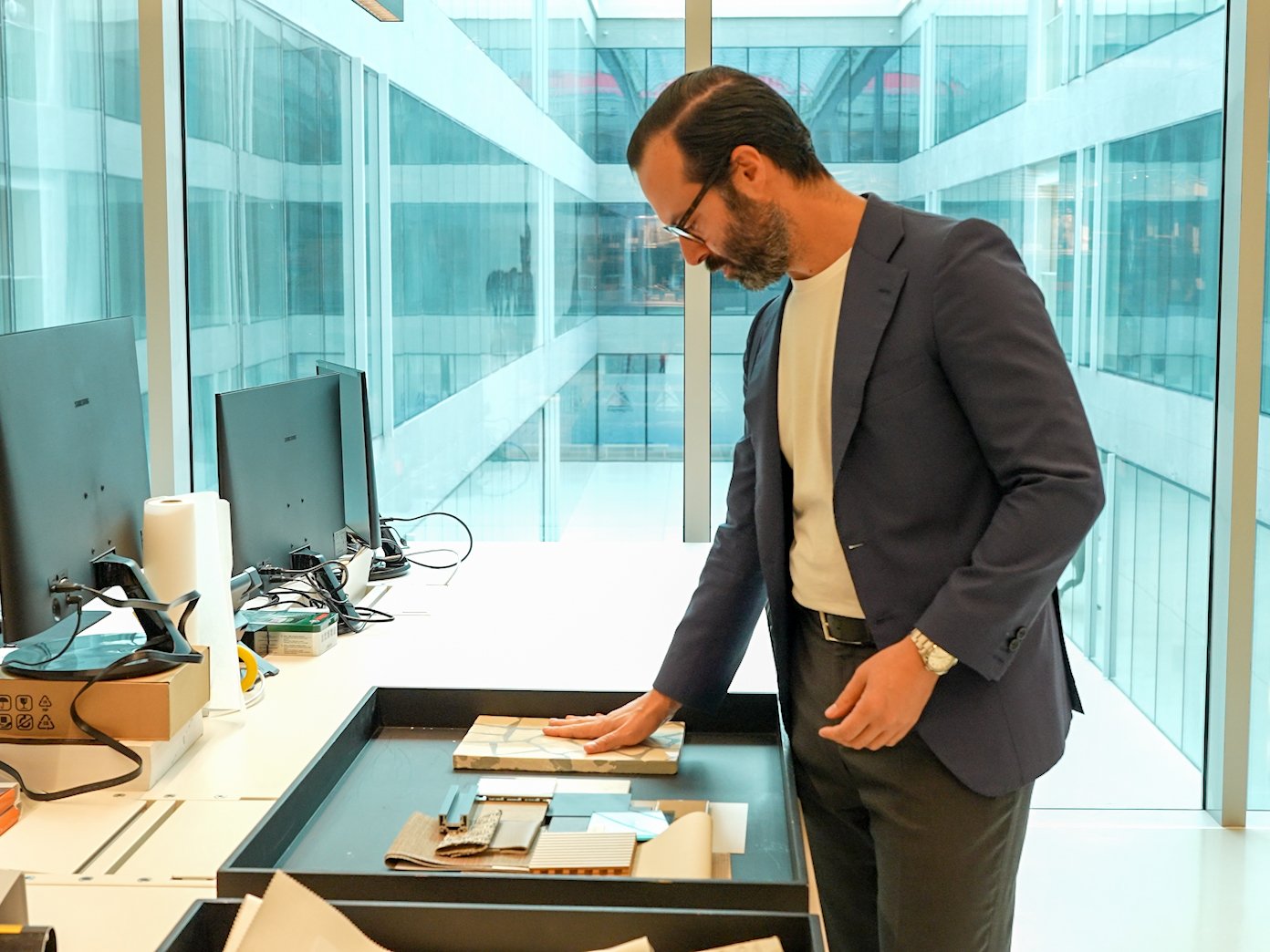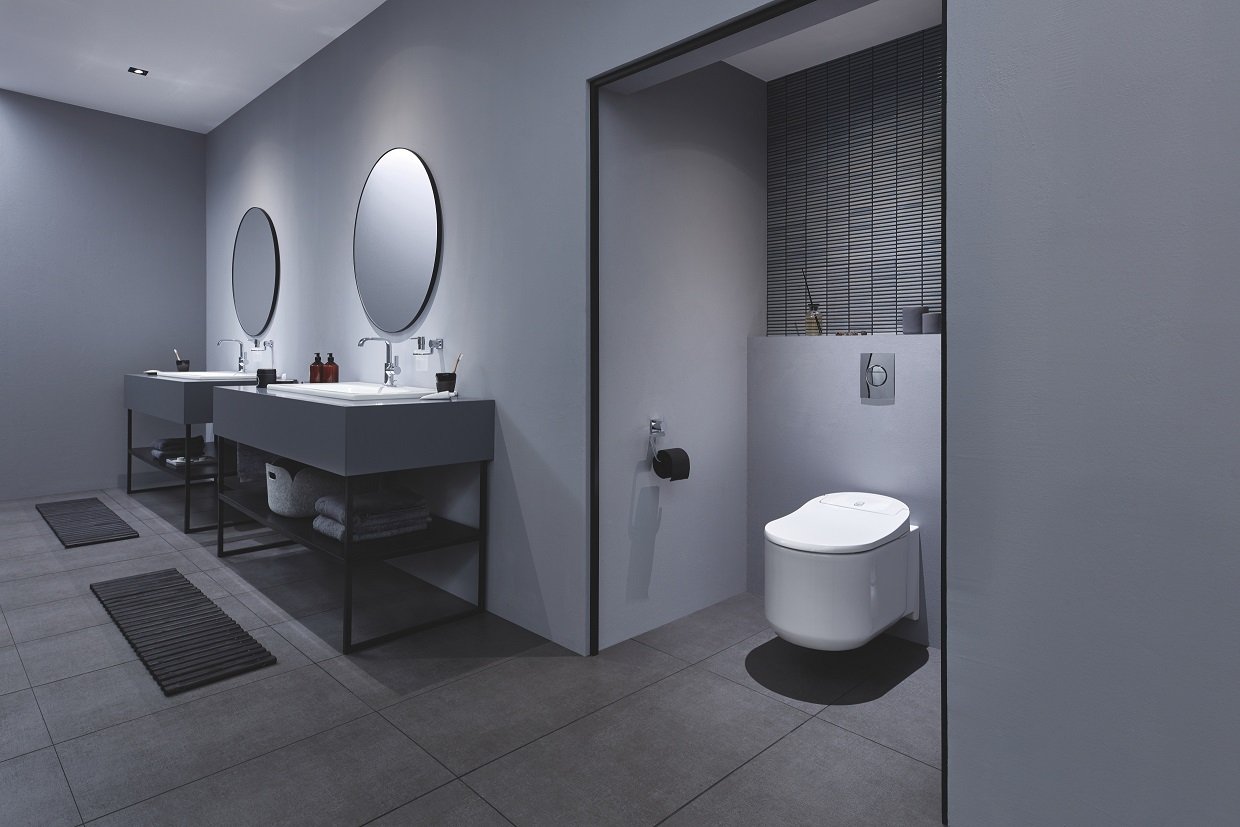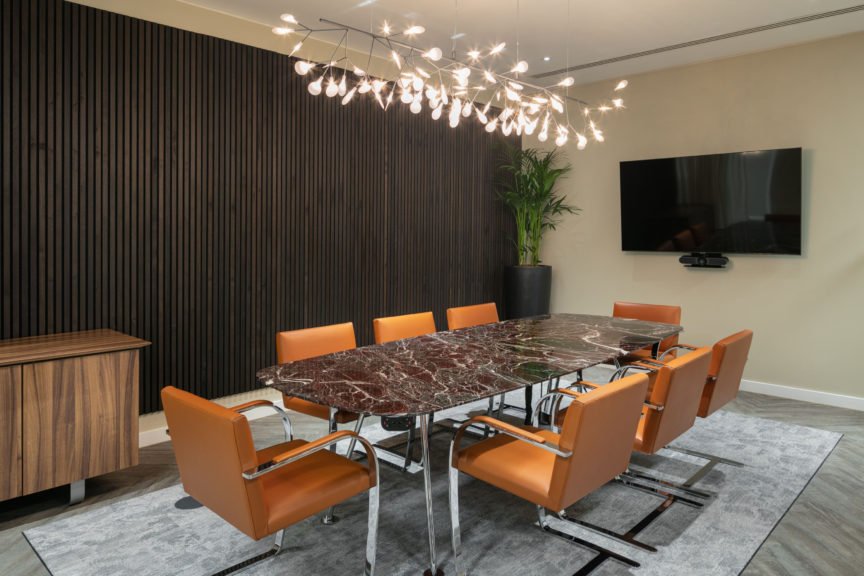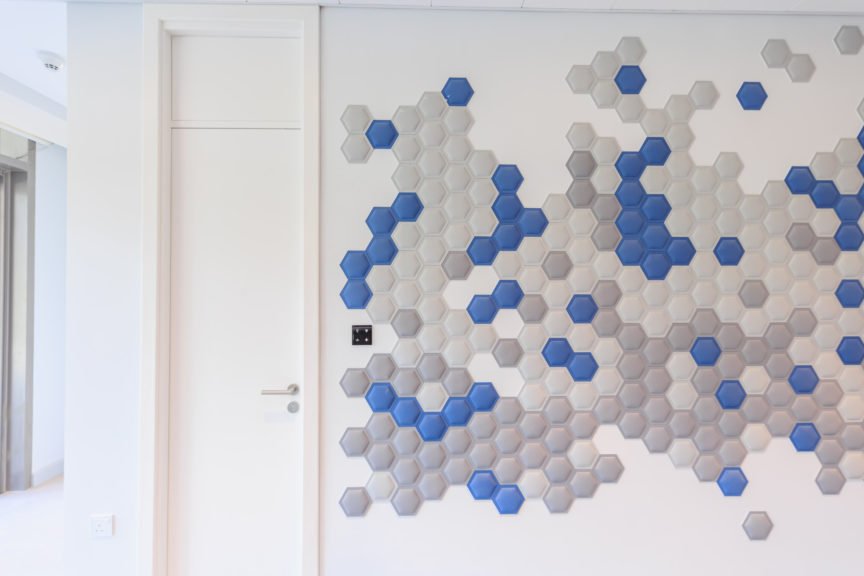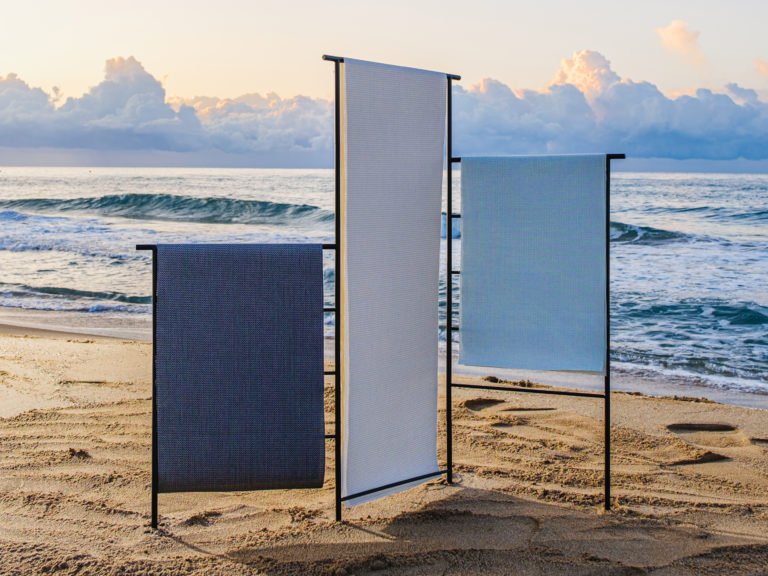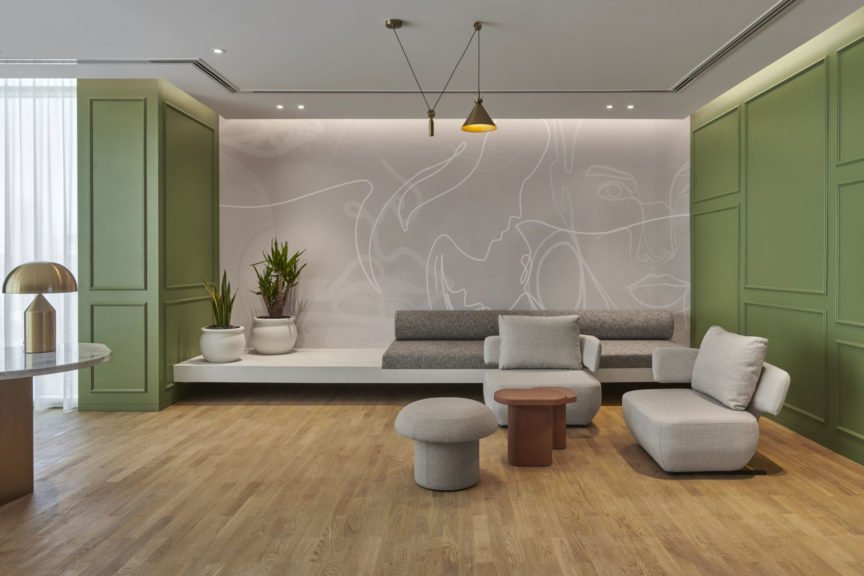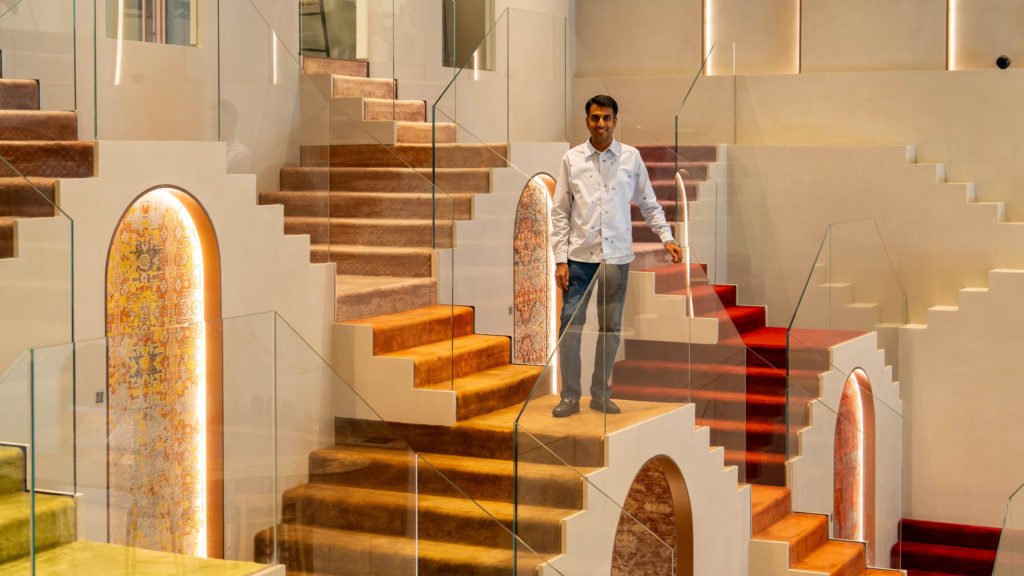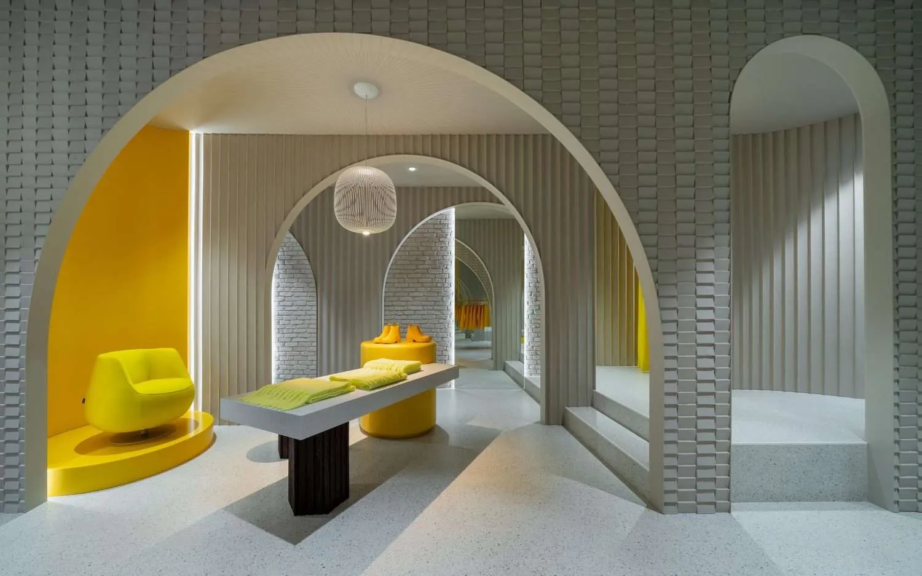In the GROHE Ripple Effect Series, the products from the brand have stood out as ‘sustainable and stylish’. In the first episode, we explored GROHE’s dedication to preserving clean water for all and its resolve to produce eco-friendly products that go together with the commitment to the UN Sustainable Development Goals as a part of the LIXIL Group. Next, the second episode brought to light their voguish designs – from flashy to elegant – that each open a range of solutions for aesthetics in interior design.
In the newest and third episode of the series, there’s another addition to the string of adjectives for GROHE products – ‘sustainable, stylish and sensitive.’ With David Lessard of H+A on board, we decided to open a dialogue about design in healthcare facilities. As David went on to speak about the changed perception of healthcare design post-pandemic, he mentioned the rise of a new niche for sanitary fittings in the genre. Even with the focus in healthcare jumping from functional to experiential, products from GROHE demonstrated how the brand’s multifaceted values have kept them on top of their game…
The Focus Shift in Healthcare
The pandemic exposed the downfalls of the global healthcare system – and design was one of the many attributes. From ineffective use of liminal spaces to outdated spacing in planning, hospital design requires critical rethinking and a refreshed approach.
“We’ve seen a transformation in healthcare facilities, learning from the model of hospitality, taking a more hospitality-led approach to healthcare facility design. There’s a sort of critique of healthcare facilities that they’re a little bit inhumane – that it’s a bit of a conveyor belt model – service, patient, and discharge. In contrast, in a more hospitality-led environment, it’s much more experiential and it’s much more subtle. That translates to putting the patient at the centre of design, experience, service, and care in healthcare. I mean, one must remember that healthcare facilities have already been designed to control infection fundamentally and very carefully curated in terms of circulation”, says David, whose co-founded practice H+A, specializes in healthcare design.
He continues, “What I have seen is the biggest impact on healthcare facilities is in the social dimension. Social interaction and support from your family are very important elements of healing in design. And when it comes to visitation specifically, it was one of the biggest elements of healthcare facilities impacted. How do we allow family and friends to come and visit under the shadow of a pandemic – which has consequently led to prioritizing touchless and frictionless features more than ever.”
Sanitary and the Various Branches of Healthcare
“Healthcare facilities have a very specific purpose in our lives. Wellness is a tangent to healthcare – sometimes combined in the same facility, and sometimes not. But one common thread through a lot of these healthcare and wellness facilities is the experience of a shower, the touchless toilet, the touchless wash basin, getting the right temperature at the right flow rates at the right time – these are all things that seem obvious. Still, a lot of innovation and engineering has to go behind such performative qualities of sanitaryware. In healthcare and wellness facilities specifically, that’s what drives their experience,” enlightens David.
Healthcare facilities are one of the most regulated industries, if not the most regulated. Another branch of healthcare facilities is elderly homes. Elaborating on this branch of healthcare, David explains the experiential aspects of the premise.
“Aged communities and elderly homes are taking cues from hospitality in the same way that mainstream healthcare facilities are. It means creating pleasing environments in terms of design, intuition and legibility of circulation, mobility, and accessibility. These are, of course, keys in each community in healthcare design. But then to the sort of tactile elements, intuitive operation of things like sanitaryware and access control, touchless for those with problems with dexterity and mobility and dementia and how that sort of informs one’s navigation of an environment. Often the misconception is that the older you are, the less inclined you are to use technology – but that’s not necessarily true anymore. Technology has been around long enough. Being able to control all elements of your day, you know, through an application also ensures that your carbon footprint and utility usage is managed,” finishes David.
The Ultimate Need For Super Luxury, Super Functionality and Super Saving
All in all, there seems to be a common theme running through all the considerations of sanitaryware in healthcare design – to be multifunctional and resource-saving.
As David puts it, “Traditionally, we lay out a washroom, we call it the five-fixture washroom. You have the toilet and the bidet. But instead of having to make that move from a toilet to a bidet, looking at fixtures with more combined functions, the washing and the drying again as frictionless as possible, as seamless as possible, and as minimal as possible, whilst still feeling luxurious. Luxury is an open-ended term; the definition of luxury differs for everyone. For some, it’s opulence in finishes and sanitaryware. For others, it’s just ease of use and intuitiveness. In healthcare, it’s addressing those touchpoints as seamlessly as possible.”
While these requirements might be relatively new, GROHE already boasts a portfolio that can fulfill them.
“The beauty about a brand like GROHE is that it transcends typological boundaries – meaning if our aspiration is for our healthcare facilities to feel more like hospitality – GROHE has products to bridge that gap. With the nuance of technical specifications, you would see GROHE in a hotel and a healthcare facility. And hence, it is one of our go-to’s. For instance, the GROHE Sensia Arena, with these combined wash and dry functions, and the toilet-bidet combination, is an elegant solution. It provides a reduction in the number of fixtures as well. And above all, as a designer, aesthetics plays a key role in our decision-making for selecting fixtures, and clean lines and minimal design align with our approach. Similarly, the Euphoria thermostatic mixers also minimize touchpoints with two very legible, ergonomically clear levers,” he finishes.

